Latest Posts
How much difference in speed between SD cards twice as expensive as the others
Summary:
The article introduce that there is a performance differences of the memory cards at different class or even same class by testing the performance of Class 10 products under USB 2.0 and USB 3.0 interfaces. Different classes are suitable for different consumers. Performance, capacity and price should be considered when choosing them. In addition, UHS-1 products can provide more performance for users with higher demand.
01 How much difference in speed between SD cards twice as expensive as the others.
Memory cards were first introduced to the consumer through digital cameras, and later more high-speed flash cards began to be applied to the electronic products that people are exposed to every day. Despite advances in hardware technology, memory cards have to be changed to provide services to different consumer groups by adopting Class as a ranking to differentiate product performance standards.
The recent release of a number of new cameras has increased the demand for memory cards in the market, and in line with the tourist season, the focus on memory cards has increased sharply. The current price is not the mainstream argument. On the contrary, while the technical performance behind the price is unclear for many users, the price gap of 5-10$ for the same capacity product has occurred frequently. What is the difference?
The memory card is twice as expensive as the others with same capacity. What is the difference in speed between them?
The price trend of memory cards is the same as that of USB flash drives. After years of running-in, the general consumer-grade capacity (16GB) products can be maintained at a price of less than 20$. With the emergence of Class standard, hierarchical memory cards are aimed at different consumers, especially for ordinary digital camera users who are more concerned with capacity than efficiency.
The author thinks that the requirement of TF card is simpler than that of SD card for the storage of mobile phone. After all, compared with mobile phone, the camera’s high-definition shooting and continuous shooting require a higher benchmark for the speed requirement. While people consider mobile phone more as a storage device, capacity is naturally the first benchmark, and speed is the third option after the price.
How should we choose in the face of all kinds of memory cards?
This article will analyze the differences among the hot-selling memory cards in the market and describe why the price gap between the same capacity products is so large. What kind of speed standard can satisfy our needs for electronic products behind Class classification? If you are a photography enthusiast, the following contents will certainly help you.
02 What is Class?
As a storage carrier for electronic products, memory card cannot be neglected in both quality and performance. Now a lot of businesses adopt a variety of promotional methods. For example, when buying a camera or smartphone, a customer will get a complimentary memory card. By this methods, businesses not only preserves the price of the main product, but also gets more profit from the memory card. The degree of falsity depends on how much you know about it.
Today, unlike SSD, the price of memory cards is relatively stable and consistent in the market. In addition to the Class classification, the new rspeed standard of UHS-1 is also representative of high-end memory cards. What is the difference between Class and UHS-1, and what are their applications? let’s look down.
SDHC high-capacity memory card
HC is the abbreviation of “High Capacity”. The SD association refers to SD cards which is more than 2GB but less than or equal to 32GB as high-capacity memory cards. Compared with the old SD using FAT16 format, SDHC using FAT32 file system has greatly improved its capacity.
In terms of speed, SDHC has also developed different specifications, defined as four speed grades of class2, class4, class6 and class10. Influenced by the current high-speed digital products, SDHC officially replaced the old-fashioned SD card, and its popularity provides a guarantee for strict reading standards.
The figure above shows the mainstream SDHC products with different speed class on the market (the numbers in the circle represent grades)
From the figure above, we can see SDHC memory cards with various speed standards that can be distinguished by the numbers in the circle. Therefore, according to these specifications, if you want to buy a regular card machine, the memory card of class2 and class4 is sufficient to meet your requirement. However, in the case of a SLR, the corresponding write requirements are higher because of the higher frame size of the screen, so it is recommended to use SDHC of class6 or class10.
Class 0: Includes that below Class 2 and unlabeled speed class.
Class 2: Satisfy the needs of watching the ordinary MPEG4 movie or SDTV, and shooting with digital camera.
Class 4: Satisfy the needs of smoothly playing high-definition television (HDTV), continuously shooting with digital camera, and so on.
Class 6: Satisfy the requirements of SLR camera’s continuous shooting and professional equipments.
Class 10: Satisfy the needs of recording or playing Full HDTV
Class 10 products with the highest performance take 8GB and 16GB as the mainstream specification. More price differences are also concentrated on this standard level. As technology advances, Class4 or even Class6 products will be eliminated in the future, and consumers will focus on Class 10. If the user’s budget is sufficient, the author suggests to choose Class 10 as much as possible. After all, a small gap of few of dollar can still bring obvious benefits. In addition, Multipurpose is also its greatest advantage.
UHS-1 will be popularly a higher standard.
However, as DSLR’s pixels get higher and higher, especially the high-definition camera capability, even the high-speed SDHC of Class 10 specification has not been able to meet the demand. Therefore, SD Association issued two performance marks, UHS-I and UHS Speed Class 1, to keep pace with CF cards that are aimed at high-end users.(CF card: a portable electronic storage device with writing speed higher than 50 MB/s)
UHS-1 memory card with more efficiency.
UHS-I supports UHS (Ultra High Speed) interface with a bandwidth of 104MB/s. On this basis, if the memory card can meet the standard for real-time storage of high-definition video, it can be identified with “UHS Speed Class 1”. This provides a wider range of storage needs for more high-end users], although the crowd is not wide. If USB3.0 is the same as SATA3.0 interfaces, this will be a new planning standard of popular memory cards in the future.
Summary: If memory products of 1333 and 1600 frequencies are under a poor price gap, the author recommend choosing a higher standard product. Class10 is currently the mainstream memory card, whose price is not obviously different with that of below Class6. Therefore, we will focus on the difference between these products on the following test and comparison section.
03 Test 1: speed comparison under USB 2.0 and USB 3.0 interfaces
The speed difference from Class4 to Class 6 is obvious. When many customers buy new camera and put previous memory card on it, they will encounter the warning “cannot continue shooting” prompt if shooting a movie or performing continuous shooting. It means that this memory card does not provide enough writing speed, and that we need to purchase a higher standard product for the camera.
In the test of the memory card, we should pay more attention to the value of the writing speed. When the product quality is getting higher and higher, the ordinary USB2.0 interface can not provide more accurate data when testing the product performance. Thus, in the following test we choose USB2.0 and 3.0 interface to compare two products which are in the same Class specification but different price.
USB3.0 card reader
Tested product 1: ordinary Class10 memory card
The ordinary 16GB/Class10 memory card is priced at less than 20$, and this price is also the unified standard for mainstream products. Within a reasonable budget, Class10’s advantages and performance-price ratio largely exceed Class6 or even lower, which is why we did not choose to evaluate lower performance products.
Ordinary 16GB/Class10 memory card
For SLR cameras, if users want to get lossless RAW images, the capacity and writing requirements will be higher. So within the budget of 20$, Class10 products have become the mainstream choice for consumers.
Test ordinary 16GB/Class10 memory card under USB2.0
Test speed of Class 10 memory card under USB2.0 interface
Test ordinary 16GB/Class10 memory card under USB3.0
Test speed of Class 10 memory card under USB3.0 interface
The two pictures above show the reading and writing speed of the product has a significant gap under different interfaces. Therefore, if the test data does not conform to the specifications of the purchased product, consumers should use USB 3.0 card reader to obtain its real performance instead considering a quality problem.
Generally, Class10 products will be labeled with reading performance of 30MB/s or 35MB/s on the package. According to the 8KB per second we mentioned in the previous section, the speed of Class6 will remain at 15~20MB/s or even lower.
Summary: Compared with the lower standard products, Class10 has an absolute performance-price ratio within the price of 15$. But how much higher will the performance of similar products when the price is multplied? Let’s continue to look at the following test.
04 tested product 2: it catches up with mobile hard disk in s speed.
When we buy a product, the writing speed is generally indicated on the package. At present, Class 6 product above can support digital cameras or SLR cameras to record 1080P HD video and shoot continuously. However, with the demand increasing, Class6 or even ordinary Class10 memory cards can no longer provide effective service. As a result, manufacturer should upgrade the technical standard of the product in accordance with the needs of the user, because memory cards of same class in the current market also has a significant difference in reading and writing performance.
CF card provides sufficient writing speed for camera equipped with dual slots.
High-end cameras can achieve a continuous shooting speed of 8-11 per second, even if typed in normal JPG format. Such writing performance need very rigorous requirements. Currently, although the high-end cameras are equipped with a CF card slot, there is still a need to continuously improve the technology about SDHC.
hugdiy high-speed professional Class10 PRO memory card (priced at 22$)
The enhanced technology of 16gb Class10 memory card can achieve more operations. Under the influence of brand and workmanship, the price of more powerful camera memory card is naturally higher. Let’s take a look at the reading and writing performance of hudiy‘s professional Class10 PRO memory card.
Test of ATTO maximum reading and writing score under USB2.0 interface
Test of ATTO maximum reading and writing score under USB3.0 interface
Same as the previous test, the data is quite different under USB2.0 and 3.0 interfaces. But the highlight is that the reading and writing speed of this Class 10 memory card is double that of the previous test, reaching at 81.7MB/s and 44.3MB/s, respectively. The test intuitively illustrates the physical difference between products.
Summary: The writing speed of the product in the test has exceeded the nominal speed on its package, of course, which has a certain relationship with the USB3.0 interface. In practical, such performance is enough to meet the needs of most digital products. If you have higher requirements, USH-1 is the next choice.
05 Summary: If you have different purposes, you should choose products reasonably.
Finally, it seems that the comparison of the products is somewhat biased by using different card readers. The author hopes that in this way users can understand the performance differences of the products at different levels or even same level. For example, in terms of reading and writing performance, even same-class products also have a gap of 30MB/s in the latter two tests. This is why the same-capacity and same-class memory cards were sold at multiple price.
Even if the UHS-1 standard memory card test is not provided in the article, users who use such products must have a certain foundation in product knowledge and selection. At present, high-end cameras require a higher-performance memory card in a continuous shooting environment of 8-11 per second.
USH-1 standard supports for high-end continuous shooting cameras
Besides, as for mobile phone users, Class6 and even Class4 memory cards can meet the daily needs. Higher standards will significantly increases transmission speed, just as people use USB flash drives. When performance becomes the second consideration, the selection of product should focus more on capacity and price.
Mobile phone users have more demand for capacity.
Last but not least, we shouldn’t focus too much on the product background. If you only use it on a general digital camera, 16GB product within 20$ can meet all your needs. Both Class10 and USH-1 products with higher performance are over-performance for this part of the consumer, and perhaps it is still unclear what such high performance means for themself.
Suggestion:
Digital camera users: It is recommended to select Class10 and 8GB products. If having additional requirements, you can consider 16GB specifications.
SLRD and MSLRD users: It is recommended to select above Class10 and 16GB products to ensure that RAW files have enough space.
HD video recording and full-frame camera users: It is recommended to choose high-end Class10 products or USH-1 standard products. The capacity depends on your demand, 16GB medium, 32GB good.
Mobile phone storage users: It is recommended to select Class 6 or above and 16GB products. Such memory cards are common to some tablets, and can be used as an SDHC with external devices.







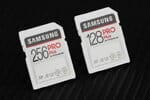
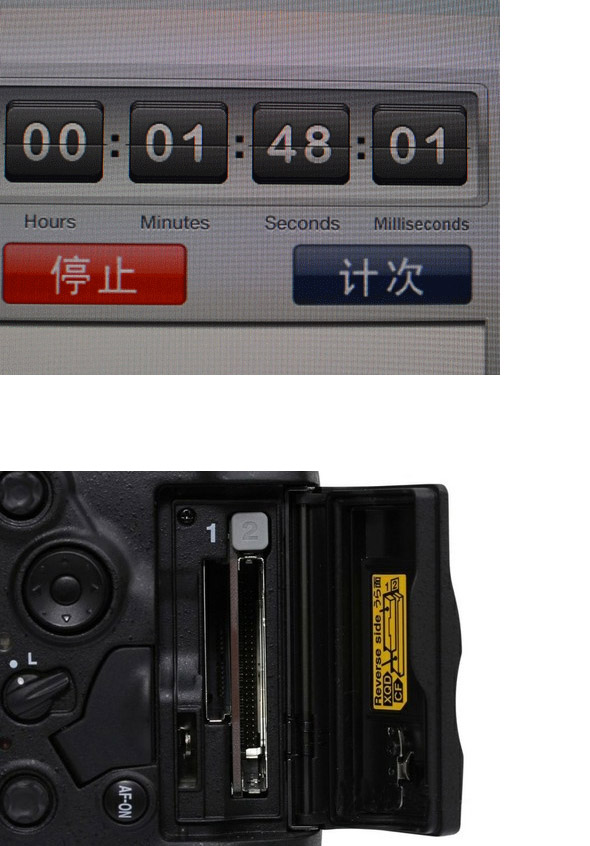
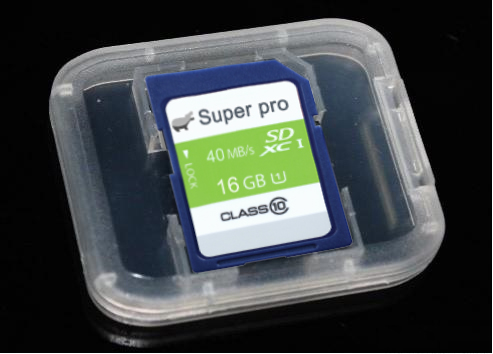
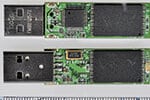
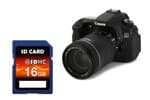
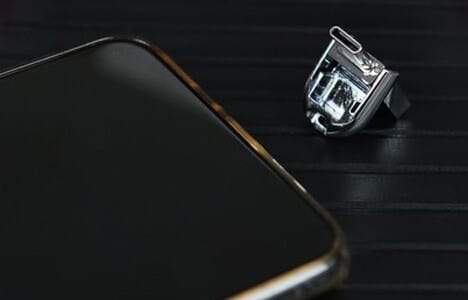
Leave a comment